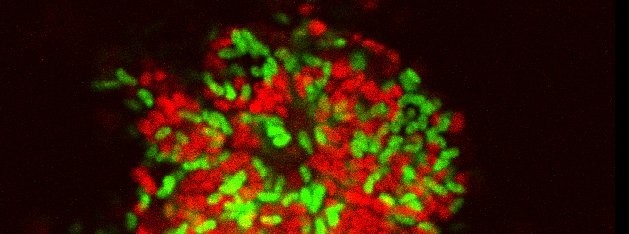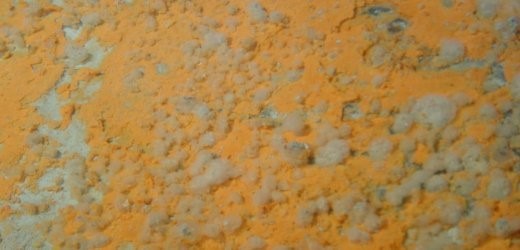Miles below ground, live the creatures of the Deep
Miles below the Earth’s surface, mysterious living beings are prospering – nobody can explain how they can survive in such depth. Genetic analysis reveals that the critters are all the same, the world over. Might they have been at the origin of life itself?
Several kilometres under our feet, there are squirming living beings. There, were the loose ground has given place to hard rock, microbes are thriving. Locked inside the hot rocks of the deep layers, they make their living by breaking up unknown chemical compounds – something which they have managed quite well since the most ancient times. A study shows now that they may be concealing the very secret of life on Earth.
Scientists have studied the genome of the underground microbes from various regions on Earth – and they made an astonishing discovery : 13 of these living beings are identical, whether they live in South Africa, Indonesia or under the ground of the Pacific Ocean, scientists announced at the Annual meeting of the American Geophysics Union AGU in San Francisco.

Deep-sea bacteria feeding on methane : how to explain their similarity over distances up to 16,000 kilometers ?
But how is such a close relationship over distances of up to 16,000 kilometres to be explained, when microbes hardly move from the spot for the duration of their life, and no wind can scatter them? The researchers speculate that the beings developed in one common place in the early time of the Earth’s existence and that during billions of years, they spread all over the world along with continental drift. The creatures of depths might well therefore be the primitive original form of life on Earth.
From all appearances, there is a core group of microbes which show up in totally different places, according to Frederick Colwell of Oregon State University at the meeting of AGU. Colwell belongs to the international "Census of Deep Life" team, which has made it its duty to study and compare all the discoveries of living beings in the greater depths.
"Our investigations show that there exist at the very least very close relatives in the depth of the Earth’s crust on the continents and under the oceans,” adds Antje Boetius from the Marum Center of Marine Science at the University of Bremen. That the microbes are fully identical still remains to be established when the full genome has been compared. In their studies, scientists have until now based themselves on the so-called ribosomal DNA. This string is practically the same in a great number of underground creatures the world over.

Artists of survival: meadows of bacterias on a salt lake in deep Mediterranean. (Picture: Antje Boetius)
The abilities of these beings are quite impressive: they thrive at temperatures up to 120 degrees Celsius in depths up to ten kilometres, the researchers surmise. The deepest bore in the Pacific Ocean bottom near Japan has recently brought to light living beings dwelling in 2.5 km depth, reports Kai-Uwe Hinrichs from the University Bremen at the AGU meeting. The deepest find stems from a depth of almost 5 km in a goldmine in South Africa where, besides bacterias, an live earthworm has also been found. They live in total independence from the life above ground.
"We can only speculate about what they live from, » says Antje Boetius. Mineral gas is being considered. "The craziest part is the incredible age of the cells, » she marvels. These cells accumulate the necessary carbon so slowly into their organisms that they might be dividing only every 100 to 500 years.
A hot thesis discussed by the scientists at the AGU meeting: life might not have originated, as hitherto generally accepted, in pools of water where, driven by solar energy and lightning strikes, the building blocks of life might have formed out of simple basic elements. The source of earthly life might more possibly lay in deep crevices of the Earth’s crust, where the primordial Soup would have been better protected from the extreme radiation and meteorite impacts of the earliest times. The beings of the depth might therefore be relics of the primordial Soup. And they have the best of chances to be around until the end. When the sun is turned off and all life dies on Earth, the microbes in the underground could well go on with the lives. The true masters of Earth dwell in its depths. This insight, means Colwell, could be a decisive clue in the search for life on other planets.
Axel Bojanowski (Der Spiegel, 12.13.2013)
Translated by Anne-Marie de Grazia
Original article

